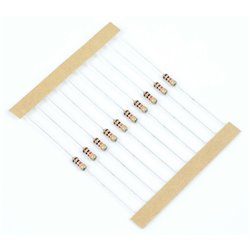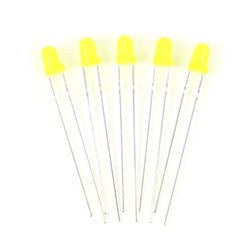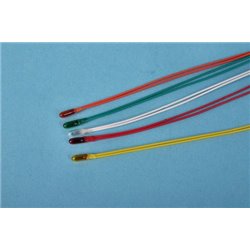There are tens of thousands of decals available covering a multitude of different models from trains, planes and...
No products
Product successfully added to your shopping cart
There are 0 items in your cart. There is 1 item in your cart.
Search Tips
Are LED lights better than grain of wheat bulbs?
Grain of wheat bulbs are filament based so run hot. This means in certain situation, they have a habit of melting plastic which is not good for buildings or control panels that are made of plastic. They require 6 to 12 volts to run.
On the other hand, LED lights run cold, are easier to fit, last a lot longer and run on a low voltage of 1 to 2 volts. The downside of LED lights is they can be on a bit harsh on the eyes. They do not look as natural as traditional bulbs so they are difficult to use to mimic gas lamps or even lights from the 1960s.
Regarding the voltage, 12V is usually available from the controller on a model railway layout so grain of wheat bulbs can easily be fitted. With LED, resistors and possibly another power supply may have to be used.
Click here to receive the tips weekly in your mailbox. You can unsubscribe at any time.










